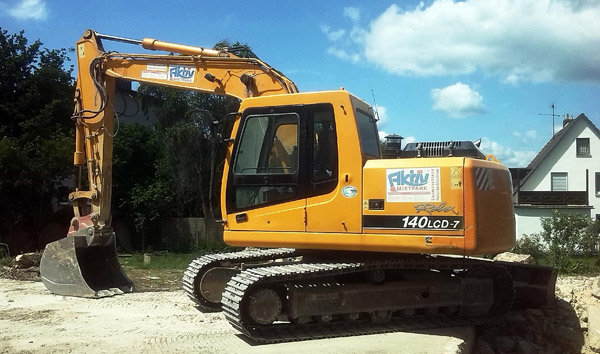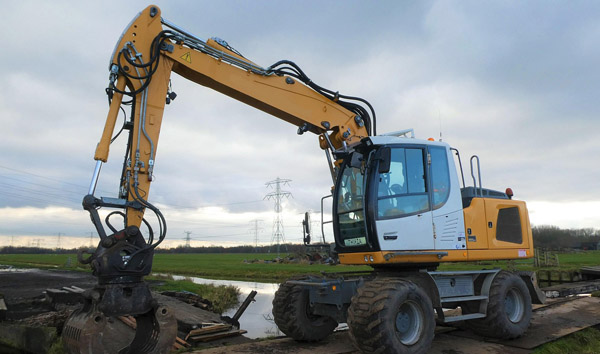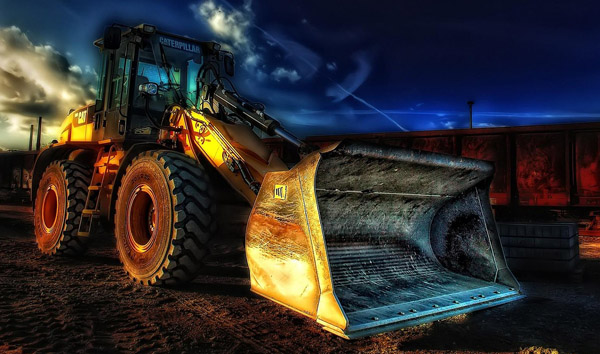Revolutionizing Earthmoving: The Rise of Low-Emission Construction Loaders
2025-08-09 03:30:30
The construction industry is undergoing a significant transformation, driven by stricter environmental regulations and a growing emphasis on sustainability. Among the key innovations leading this shift are low-emission construction loaders, designed to minimize harmful exhaust emissions while maintaining high performance. These machines integrate advanced combustion technologies, hybrid systems, or fully electric powertrains, reducing their carbon footprint without compromising efficiency.
One of the most notable advancements in low-emission construction loaders is the integration of Tier 4 Final and Stage V compliant engines. These engines utilize selective catalytic reduction (SCR) and diesel particulate filters (DPF) to drastically cut nitrogen oxide (NOx) and particulate matter (PM) emissions. According to industry data, these loaders can reduce emissions by up to 90% compared to older models. This makes them ideal for urban construction projects where air quality regulations are stringent.
Beyond diesel-powered solutions, electric low-emission construction loaders are gaining traction. Major manufacturers like Volvo and Caterpillar have introduced battery-electric models that produce zero tailpipe emissions. These machines not only reduce pollution but also lower noise levels, making them suitable for nighttime operations in residential areas. A recent study by McKinsey estimates that electric construction equipment, including low-emission loaders, could account for 30% of the market by 2030.
Adoption challenges remain, however, particularly regarding infrastructure and cost. Charging stations for electric low-emission construction loaders are still sparse on job sites, and the upfront investment is higher than traditional models. Yet, long-term savings on fuel and maintenance, along with potential government incentives, are accelerating their uptake. Companies like Komatsu are also exploring hydrogen fuel cell technology as another pathway to zero-emission earthmoving.
In conclusion, low-emission construction loaders represent a critical step toward greener construction practices. With continuous innovation and supportive policies, these machines are poised to become the industry standard, balancing environmental responsibility with operational efficiency. As demand grows, further advancements in battery technology and alternative fuels will only enhance their viability.














